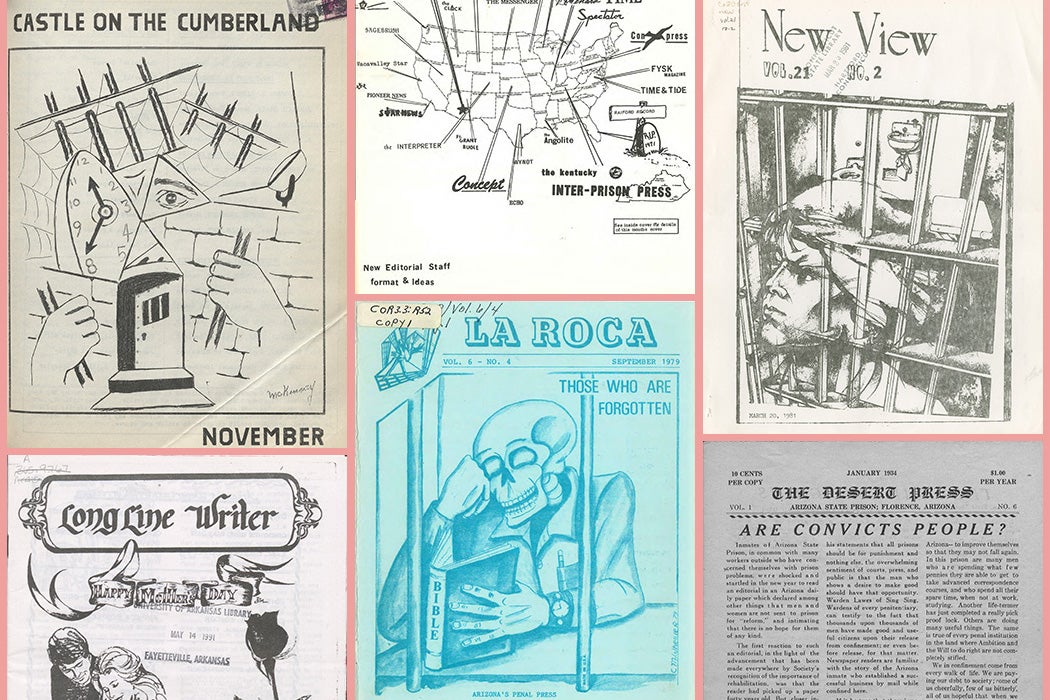In December 1915, the men at Wyoming State Penitentiary—population 276—established a “Red Hot Rag with a Pep” called J-A-B-S. The magazine offered a bit of news and plenty of commentary, bound in a colorful cover and illustrated with a tiny jester carrying a pointy sword. Its title and avatar suggested editorial interest in sharp humor. The first issue’s opening pages, however, were conciliatory and aimed for broad appeal. J-A-B-S planned to be a “non-sectarian and non-political” publication that “will give everyone a square deal—that can stand it.” For the modest price of 500 dollars for 500 years (or an annual fee of $1.20), outside subscribers could peek into the fortress-like structure of the Rawlins prison.
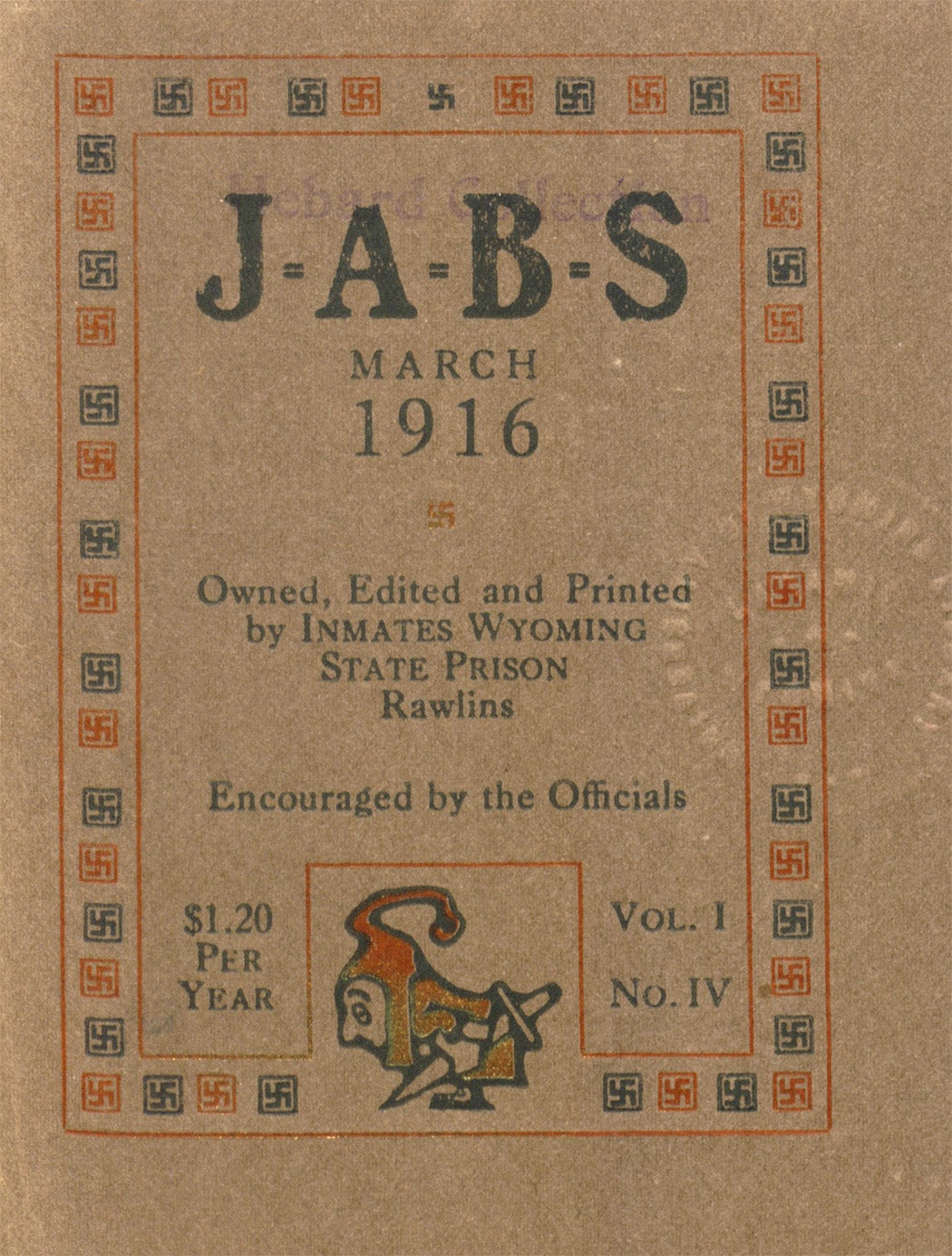
How many people took the puckish editors up on this offer? The surviving copies that made their way via the University of Wyoming’s collections into Reveal Digital’s latest archival project, American Prison Newspapers, 1800-2020: Voices from the Inside, tell us little about audience size. But they indicate something important about outreach. In addition to providing news by and for the incarcerated, the prison press long aspired to use its pages as a tool to “poke holes in the wall,” as Tom Runyon, editor of Iowa State Penitentiary’s Presidio put it, and reach outside audiences too.
Weekly Newsletter
Since 1800, people incarcerated in America have penned articles and organized layouts for hundreds of in-house publications of all sizes, shapes, and lifespans. The American Prison Newspapers archive reflects this diversity. The more than 900 items (and counting) available for open access use include five issues of J-A-B-S, the oldest publication in the archive to date. It also features a near-complete print run of the more recent Long Line Writer—297 issues produced by Arkansas Department of Corrections from 1987 to 2006. Next to the faded, home-spun pages of The Hour Glass, published at the Farm for Women in Connecticut in the 1930s, readers will find polished staples of the 1970s like newspaper The Kentucky Inter-Prison Press and Arizona State Prison’s magazine La Roca. New publications will be added to the collection as they are located and digitized.
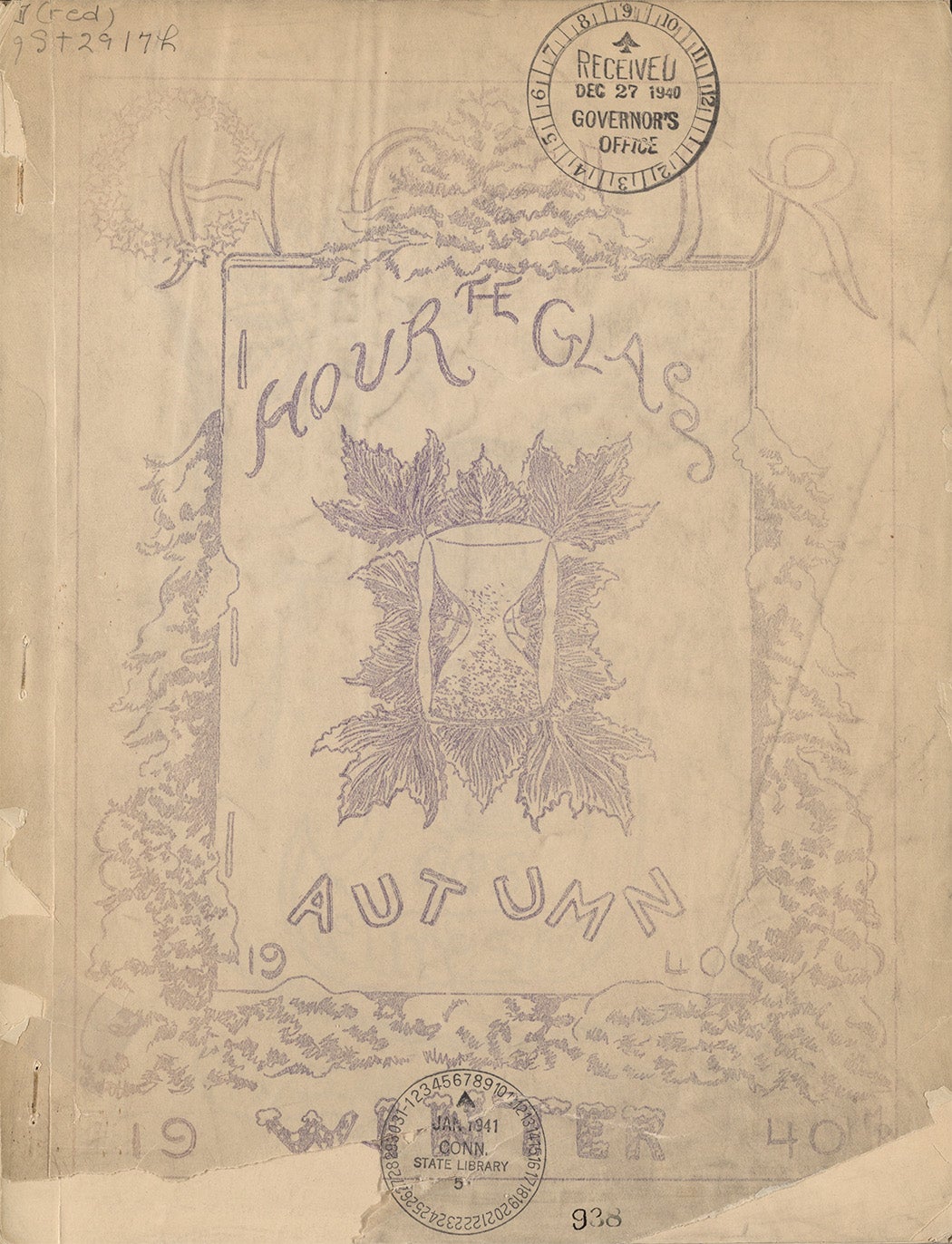
Regardless of style, the publications cover similar ground. They report on prison programming, profile locals of interest, and offer commentary on topics like parole and education. A close look at mastheads and statements of purpose reveals similar goals, frequently packaged in a shared language. In fact, the prison press introduced itself with verve and clarity of purpose.
Consider Arizona’s The Desert Press, which dedicated its first issue in 1933 “To our friends, both outside and those in prison… We … hope to make this paper an interesting, breezy and entertaining sheet that will merit the support of the public…” Two years later, Connecticut’s inaugural issue of The Hour Glass echoed these “reasons for being”—“to stimulate and encourage creative work, to develop cooperative interest in our environment, to entertain and enlighten our friends.”
Fast forward three decades, new publications still carried the same mission. In 1961, The Bridge, in Connecticut, points to “self-expression” and the ability to “communicate their ideas and opinions to the public.” Kentucky’s Castle (previously known as Castle on the Cumberland, launched the same year as The Bridge) likewise states “the purpose … is the creative expression of the population in the hope that it will bring about better understanding between ourselves and society.”
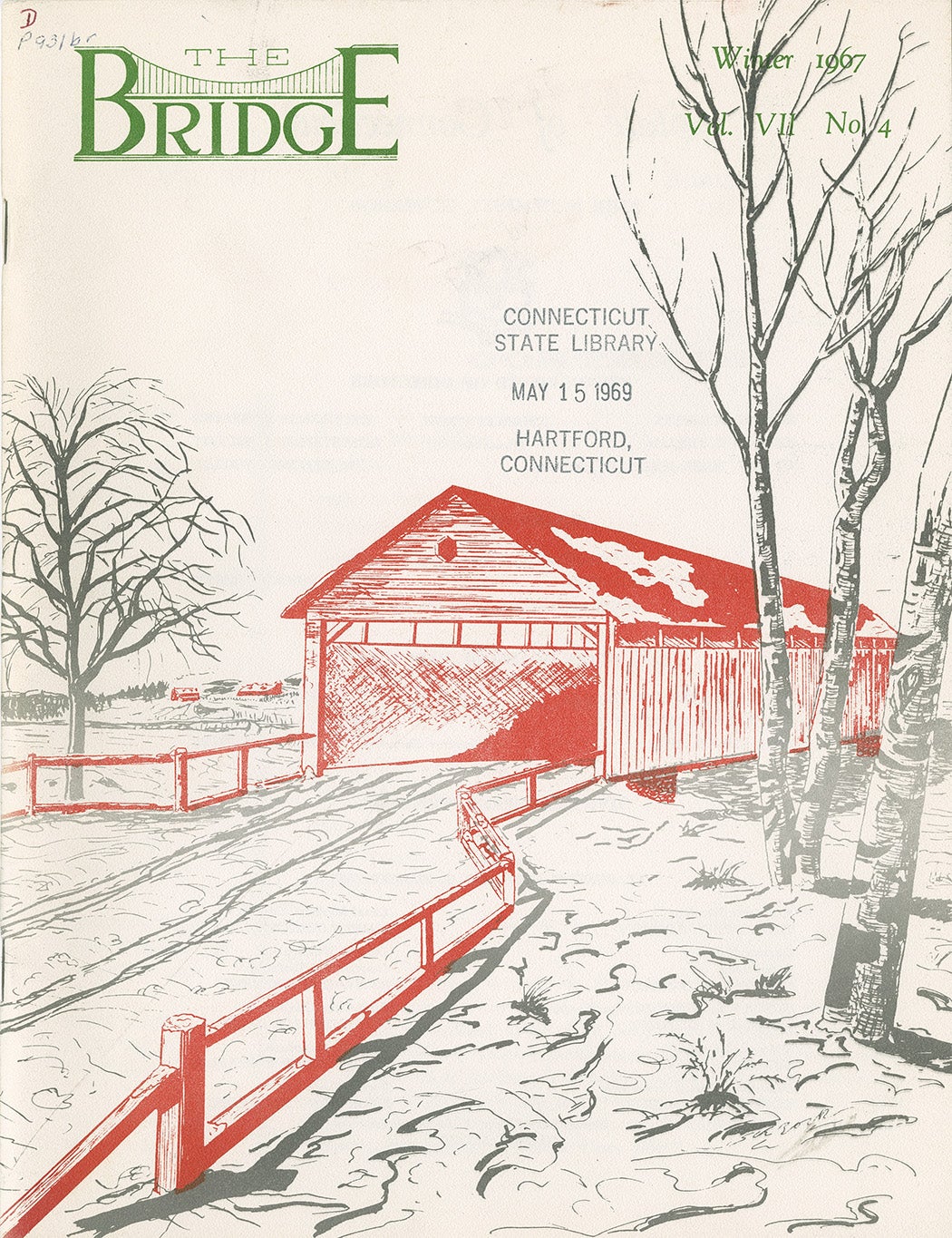
Meeting the needs of both inside and outside audiences is a tall order, one that prison editors over the years openly struggled with in their pages.
To walk “the wide, wide gap between prisoners and free citizens” is a “tightrope act” of extreme difficulty, explains Lawrence Snow, editor of Kentucky State Penitentiary’s Castle on the Cumberland, in a 1964 column called “Problems of the Prison Editor.” Snow asks:
How shall [a prison publication] go about its principal job of convincing the casual reader that convicts, although they have divorced themselves temporarily from society, still belong to the human race?… How far can it go in the direction of putting the finger on the many, often glaring, flaws in today’s prison systems—many of them holdovers from darker eras—without either ceasing to exist through official disapproval or degenerating into a petty gripe sheet that alienates more readers than it wins?
The answer is usually not very far. Then and now, prison newspaper staff tend to be small and inexperienced. They work with little equipment or funding, under the constant possibility of censorship, and in the absence of real criticism. They take few risks, according to Snow, relying on “borrowed humor, innocuous stories, and feature articles about the latest intramural basketball game.”
James McGrath Morris, author of Jailhouse Journalism: The Fourth Estate Behind Bars, calls this a “booster style.” Many of these archived publications will remind contemporary readers of high school newspapers more than underground weeklies of the alternative press. The light content rankled Snow.
“A paper or magazine thus filled may keep the prisoners happy by mentioning as many of their names as possible in each issue, and it will never have much trouble from the administration. If it is prettily packaged, with lots of pictures and plenty of color, it may even be subscribed to by persons outside the institution,” he writes.” “But it will seldom be read.”
A number of Snow’s criticisms also show up in the pages of Arizona State Prison’s magazine La Roca, which featured a staff editorial and a cover story by Mark R. Mayo on the then-called penal press in February, 1976. In order for the prison press to fulfill its “tremendous” potential, the editorial lists certain requirements.
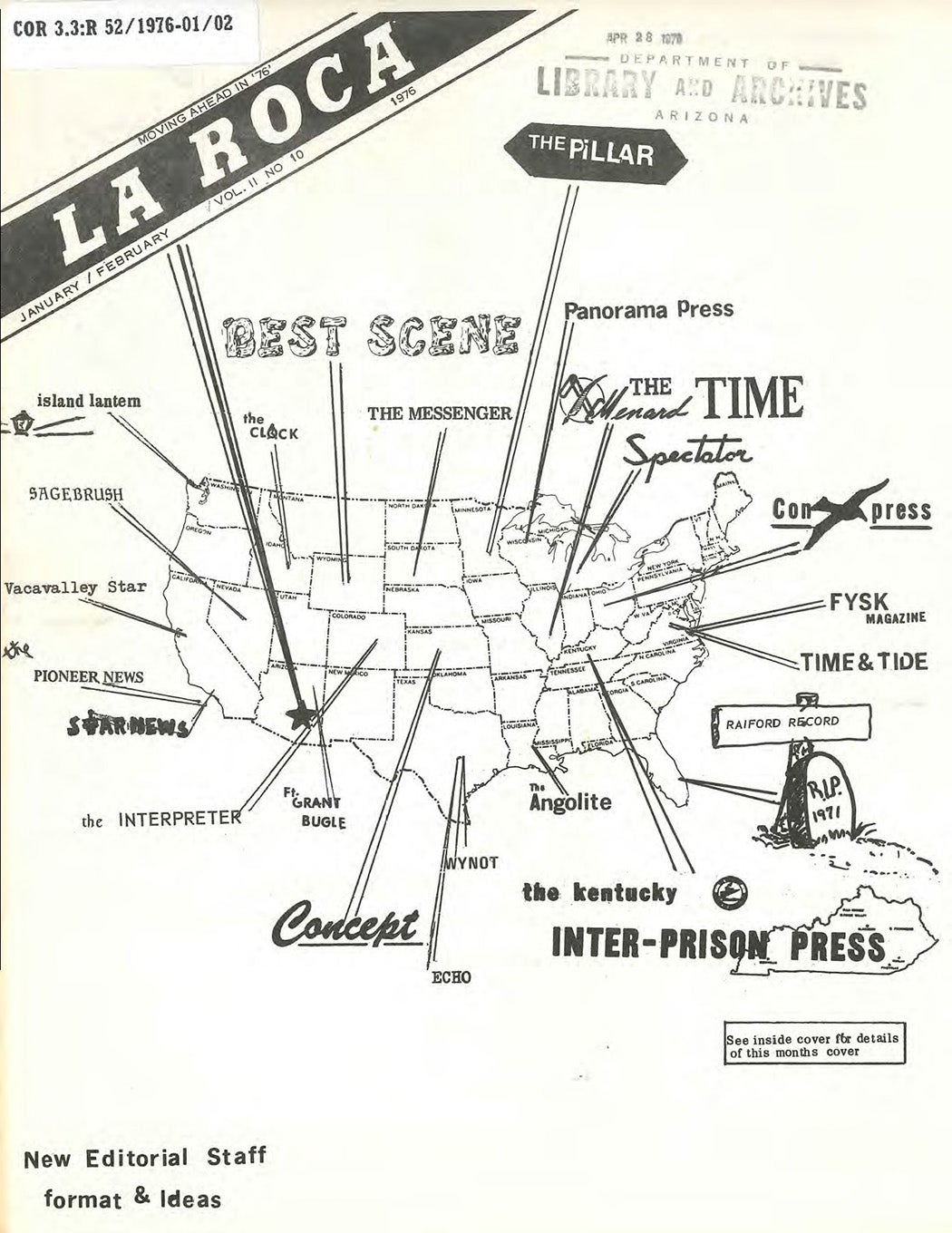
“The penal publication should present the local news and events in a factual manner and it should not ignore vitally important issues because they are considered “too touchy.” Further “it should deal openly with rumors” so that it may “be looked upon as a valid source of information for both prisoners and staff. If outsiders can gain no insight into the prison programs by reading this type of locally-oriented publication, it is likely they won’t gain insight under any circumstances.”
This, the editors maintain, requires a certain objectivity that inside readers often misunderstood as the inability to “tell it like it is.”
“Telling it like it is!” actually is telling it like it ain’t. It is merely their own personal viewpoint or opinion. Being objective is hard — if not impossible, but using a certain amount of tact and common sense isn’t all that difficult… We want to be effective — with a little class.
To improve, prison editors of Mayo’s and Snow’s generation looked for role models. Some came from inside, through the Penal Press Exchange. Described by Mayo as an “informal agreement between prisoners,” this exchange included internal circulation of newspapers, republication of news stories, and occasionally reviews of each other’s work. This tradition, Mayo explains, allows an “interchange [of] thoughts and ideas” and “a common bond of confidence” to develop between publications.
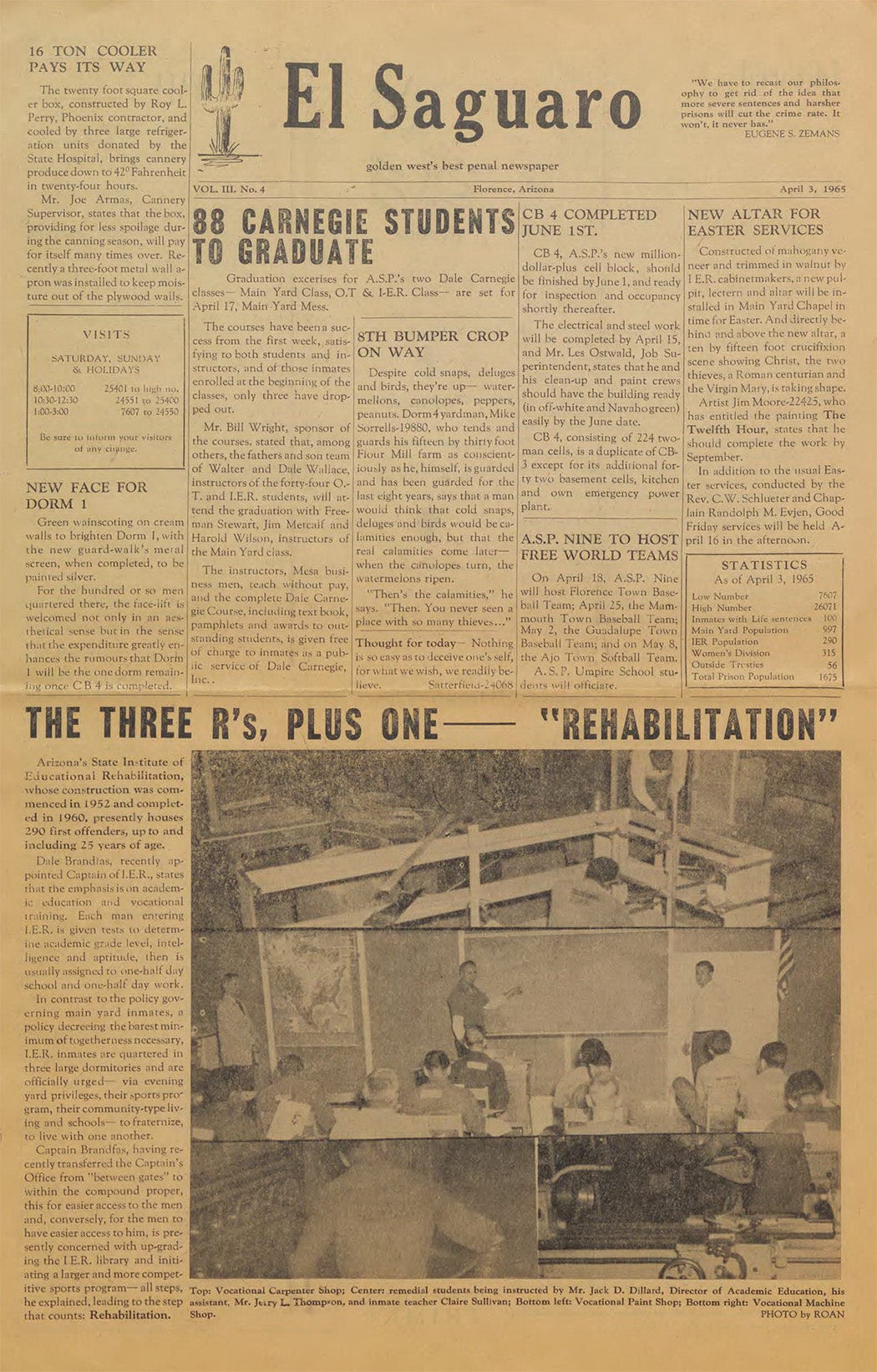
Prison press also thrived through competition with itself. A number of the publications housed in this archive vied for distinction in the American Penal Press Contest, a national awards competition run by the journalism department at Southern Illinois University from 1965 to 1990. Mayo highlights El Saguaro—another publication produced at the same facility, Arizona State Prison at Florence—for winning multiple awards in 1967, 70, and 71. La Roca went on to win Best Mimeographed Publication in 1979, three years after Mayo’s story went to press.
The biweekly El Saguaro, in turn, sought models from the mainstream press. In their first issue they tell readers, “[W]e do attempt to avoid the printing of objectionable material so as to remain Members in Bad Standing of the PP (Penal Press) and the AP (Assassinated Press [sic]). Any resemblance between the El Saguaro and The New York Times, The Daily Oklahoman and The Arizona Republic is purely intentional as we try.”
The Readers
How successful were prison publications in attracting the audiences they longed to reach? Letters to the Editor provide some insight into who was reading and why. Mail from the 19 volumes of La Roca collected here come from a wide spectrum of people touched by the justice system: current prisoners, parolees, family of the incarcerated, church ministers, government officials, corrections officers, and representatives of groups ranging from Alcoholics Anonymous to the American Civil Liberties Union. Pen America wrote in, as did a handful of newspaper editors.
La Roca openly fielded criticism as well as praise. Complaints of suspected censorship from Rick Anderson in November, 1977, harp on the editors’ “masochistic tendencies” and “liberal use of the personal pronoun “I”” as an assumed cover for the prison administration. In the September 1979 issue, Dick Benson of One Day at A Time Ministries takes exception to a “trash” article from the previous issue “that had its origin in the pits of Hell.”
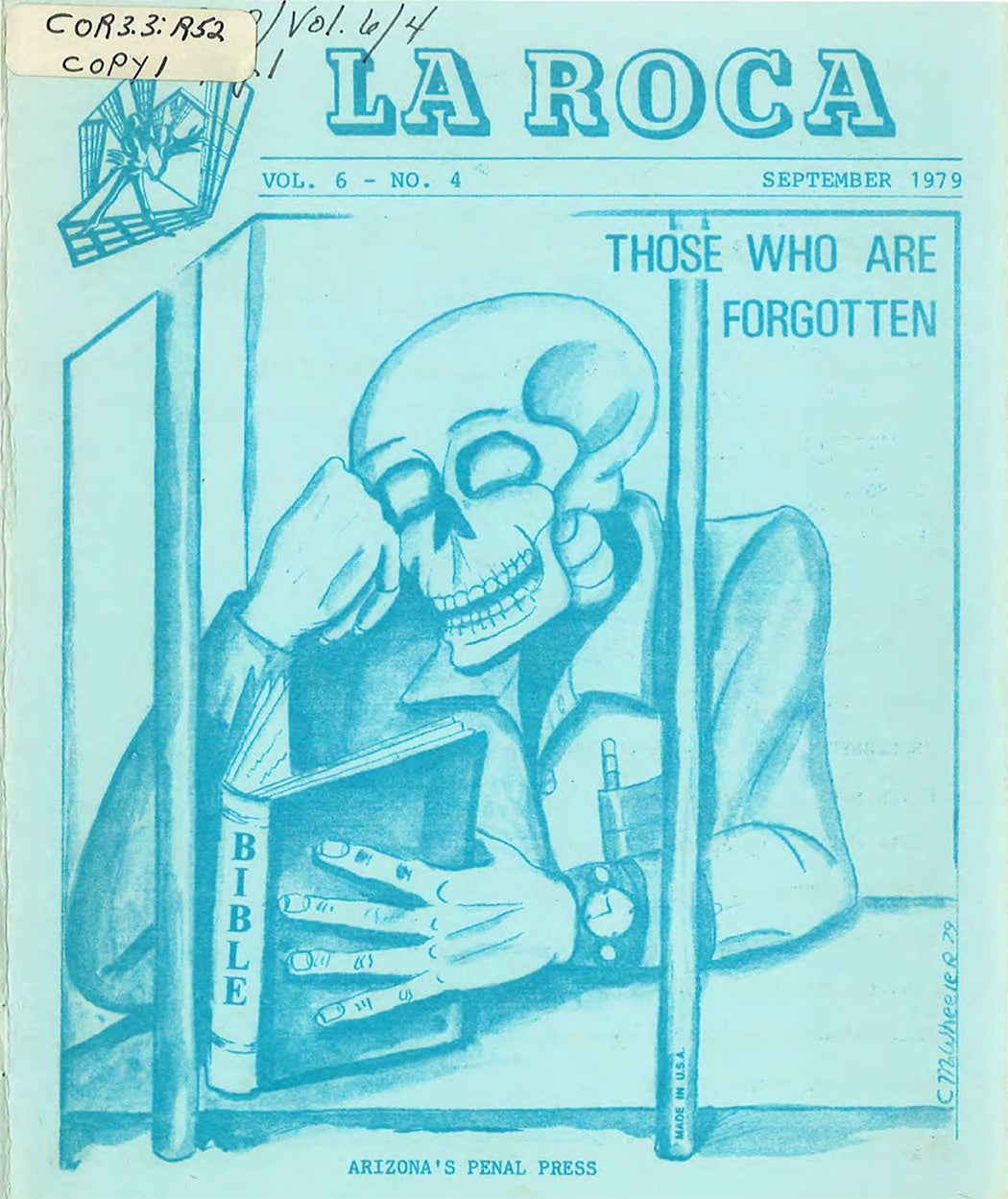
In the main, though, editors published letters of support. Early issues of Castle on the Cumberland include appreciation from a social work professor at University of Louisville, Sister Joseph Mark—a teacher at St. Edward School in Jeffersontown, Kentucky—, and a few of her students, among them seventh-grader Teddy Schenk. During its first year, J-A-B-S reprinted subscription requests from the Governor of Wyoming, John B. Kendrick—with compliments on the “bright, newsy little booklet”— and from Honorable V.J. Tidball, who writes:
I read your January issue with much pleasure and benefit…. [Y]our effort will, I am confident, have the effect of demonstrating to the outside world that you boys of Rawlins institution are not so different from those on the outside, that you think the same kind of thoughts and are filled with the same aspirations. In other words it will demonstrate what you say in your magazine that a ‘fall’ and a failure are two entirely different things. There is no one who understands this difference more than the judge whose duty it is under the law to pass sentence on the fallen.
In special instances, such meetings of the minds took place with average citizens too, reflected in this 1962 exchange between Castle on the Cumberland and a group of nurses from Branson, Missouri.
[M]y only comment is that [Castle] is very well written and written with a rare understanding of the “mis-understanding” of people on the outside. I have seriously wondered, since reading your article, what that person who was so surprised to find that you “looked like everyone else” really thought you would look like. You know—not all people who are different are on the inside. We should know, as nurses. We work with all kinds, even some that would make your hair stand on end.
Such moments of connection between inside and outside peaked in the 1960s and 1970s, and faded almost entirely in the 1990s, as prison newspapers all around the country closed shop. Overcrowded facilities, frequent lockdowns, budgetary constraints, and increasingly censorious state and prison officials all played a role. When Morris published Jailhouse Journalism, the lone history of the subject, in 1998, he was obliged to conclude that “prison journalism is no longer a central institution of prison culture. It has become, for all intents and purposes, an artifact of penal history.”
Today, new research shows only around 25 prison publications appear in print regularly; even fewer do so with digital presence. In an internet-dominated media landscape, the prison press needs both to maintain its long-held goal of writing for those in- and outside the walls. One of the biggest appeals of the American Prison Newspapers collection is its ability to reinvigorate and extend this mission by opening access to a boundless online audience.
